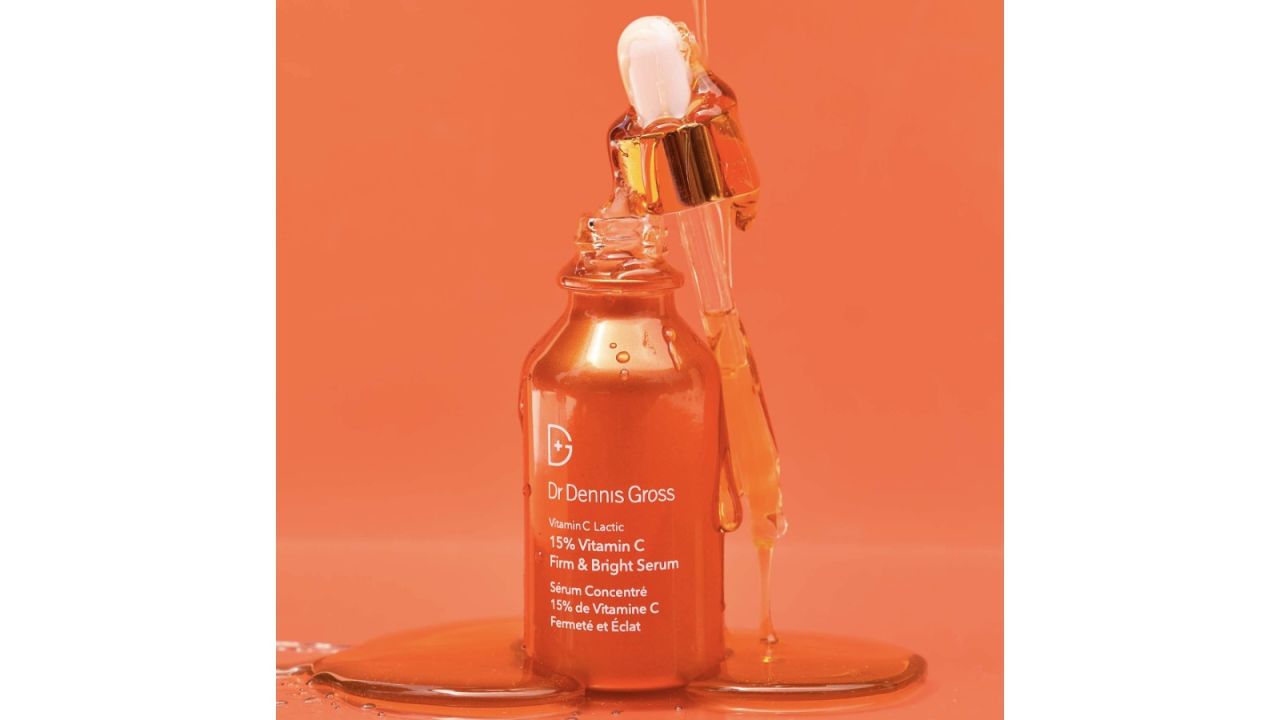It may sound like a workout for your face, but skin cycling is actually a routine that prioritizes rest and recovery for your skin. The method was coined by Dr. Whitney Bowe and has taken off on TikTok with other skin care experts and novices alike touting its skin benefits. “Skin cycling is a trend that became popular on TikTok, but the concept has been practiced by skin care professionals for many years,” says Amy Peterson, medical aesthetician and founder of Miami medspa Skincare by Amy Peterson.
“I have always called it ‘cream rotation’ for my patients because it reminds me of grade school when they explained ‘crop rotation,’ and also because I find that seasonal variations can exist for people’s skin care regimens, especially in changing climates like New York City,” explains Dr. Sherwin Parikh, co-founder of Tribeca Skin Center and A.P. Chem.
Like skinimalism, skin cycling is about not overwhelming your skin with too many products. By creating a schedule for your skin care, you can optimize the benefits of your products and avoid side effects from powerful ingredients like dryness and irritation.
What is skin cycling?
Skin cycling is a method of using skin care products in which you designate specific products for certain days rather than using all products every day, thus creating a cycle for your products. “It consists of a skin care routine that incorporates products with strong active ingredients on certain days and other days that involve skin repair and rest,” says Peterson. “This method is supposed to help the skin build tolerance to active ingredients.”
Chemical exfoliators and retinols are common skin care products but can cause skin sensitivity, dryness and inflammation. By cycling them throughout the week, instead of using them daily, you can avoid over-exfoliation and dehydration. “When people use actives such as retinoids or exfoliants, it may be valuable to take nights off for the skin to recover,” says Parikh. “I often recommend rotating your products from night to night, because some products like the recently repopularized Biologique Recherge P50 Lotion, for example, can be effective but harsh for many people.”
Skin cycling is beneficial for those with sensitive skin, but anyone can try it. Parikh notes that skin cycling is universal and can address all skin concerns “as products chosen in the routine can be tailored to specific concerns.”
“Anyone can implement the skin cycling routine regardless of their skin type if they use a skin care product with a strong active ingredient,” Peterson adds. “This is especially ideal for someone with sensitive or reactive skin, because it reduces the risk of irritation.” While any skin type can try skin cycling, people who are using products to treat conditions like acne, hyperpigmentation or aging are great candidates since the strong active ingredients in the products may cause sensitivity or irritation if used daily.
How long is a skin cycle?
A four-night cycle is the most popular schedule, consisting of two days of using active ingredients and two days for skin recovery. Then, the cycle begins again at night one. This cycle has gone viral on Tiktok, with dermatologists on the app confirming its benefits and users sharing their own skin transformations.
- Night one: Add a chemical exfoliant to a basic routine that includes cleanser, serum, moisturizer and face oil.
- Night two: Skip the exfoliator and instead use a retinol for anti-aging, along with the other basic steps outlined in night one.
- Nights three and four: These are the “recovery” nights, so you can take a break from the active ingredients in exfoliators and retinols. This helps maintain a strong skin barrier and avoid irritation.
While this is a simple formula to follow as you start out with skin cycling, you may also want to consult a dermatologist for the best skin care schedule for your skin. For example, Parikh says, “Younger individuals with oily or acne-prone skin may need and benefit from every night retinoid use, and once-a-week exfoliation.”
Products to skin cycle
$30 at Sephora
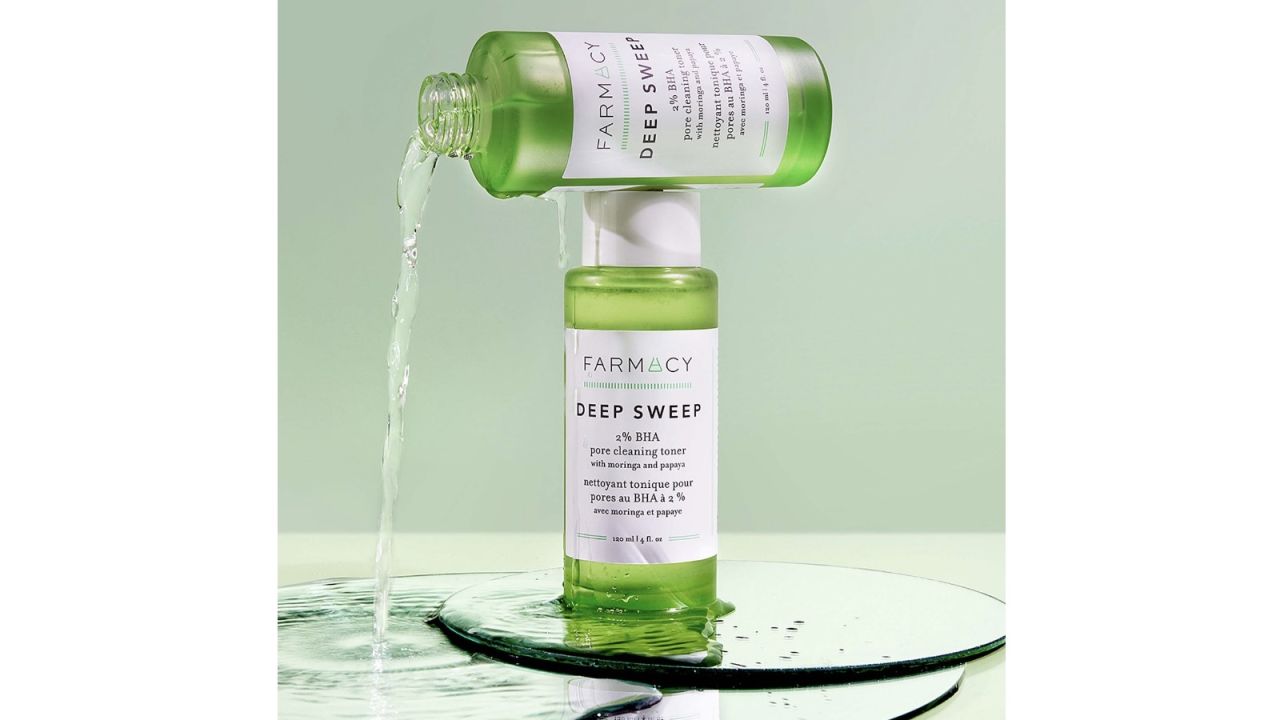
$34 at Sephora and Paula’s Choice
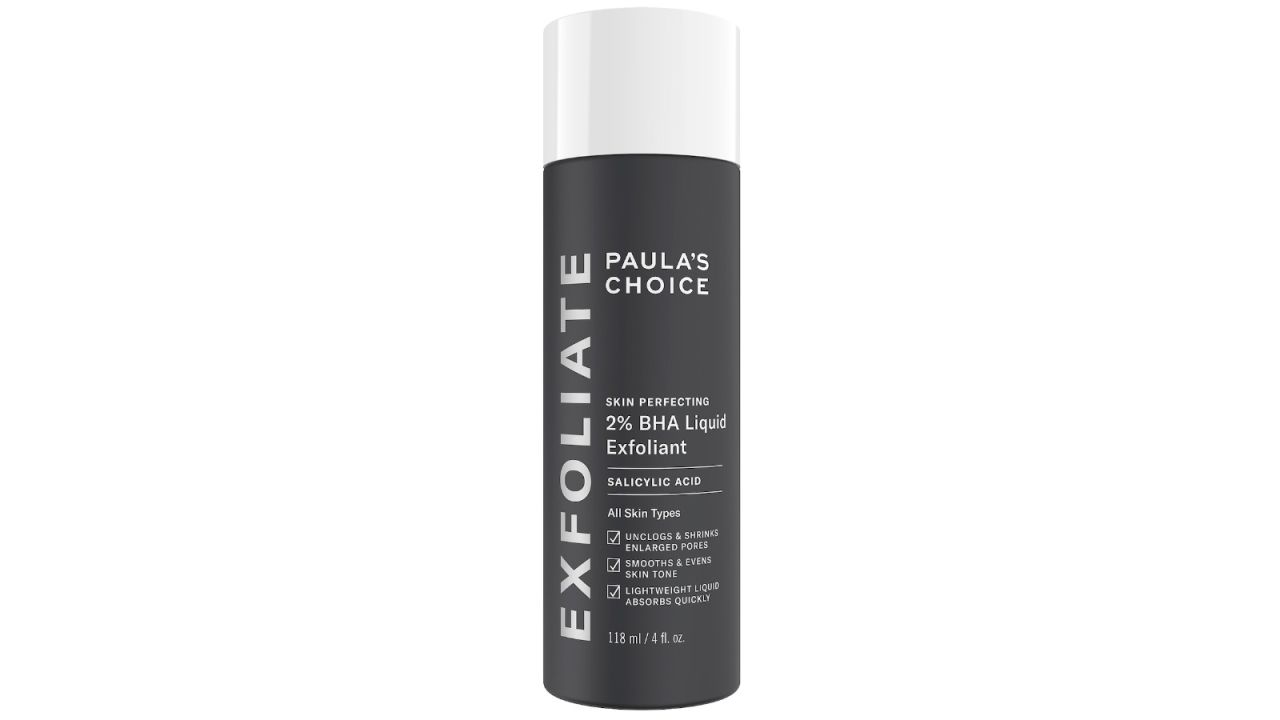
$80 at Skinceuticals, Dermstore and The Skin Savant
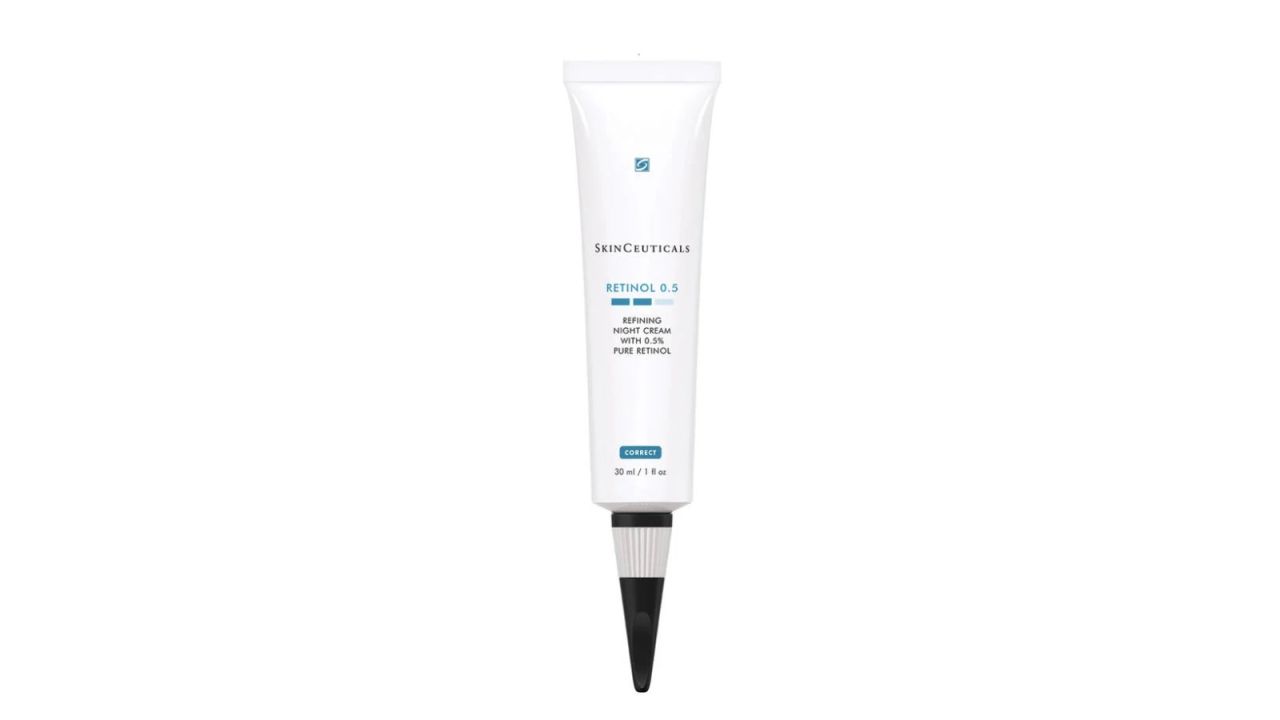
$14.99 $13.47 at Amazon

$130 at Skinbetter Science
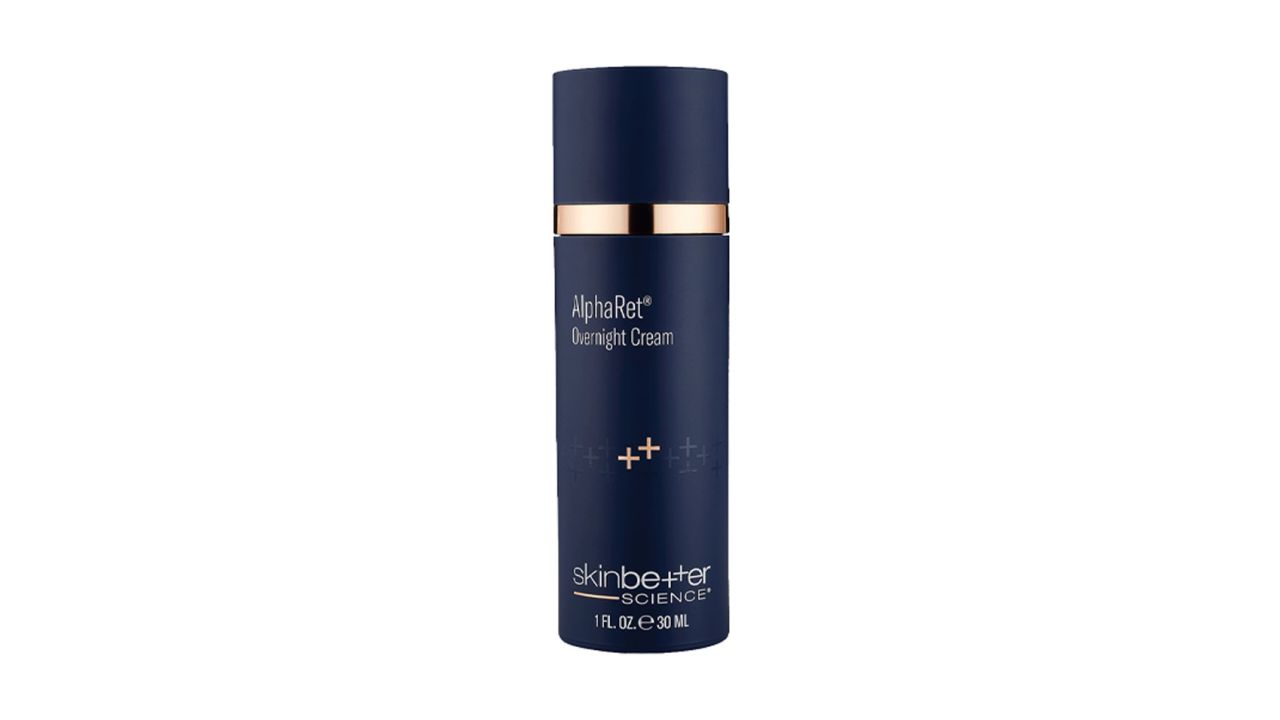
Prescription needed
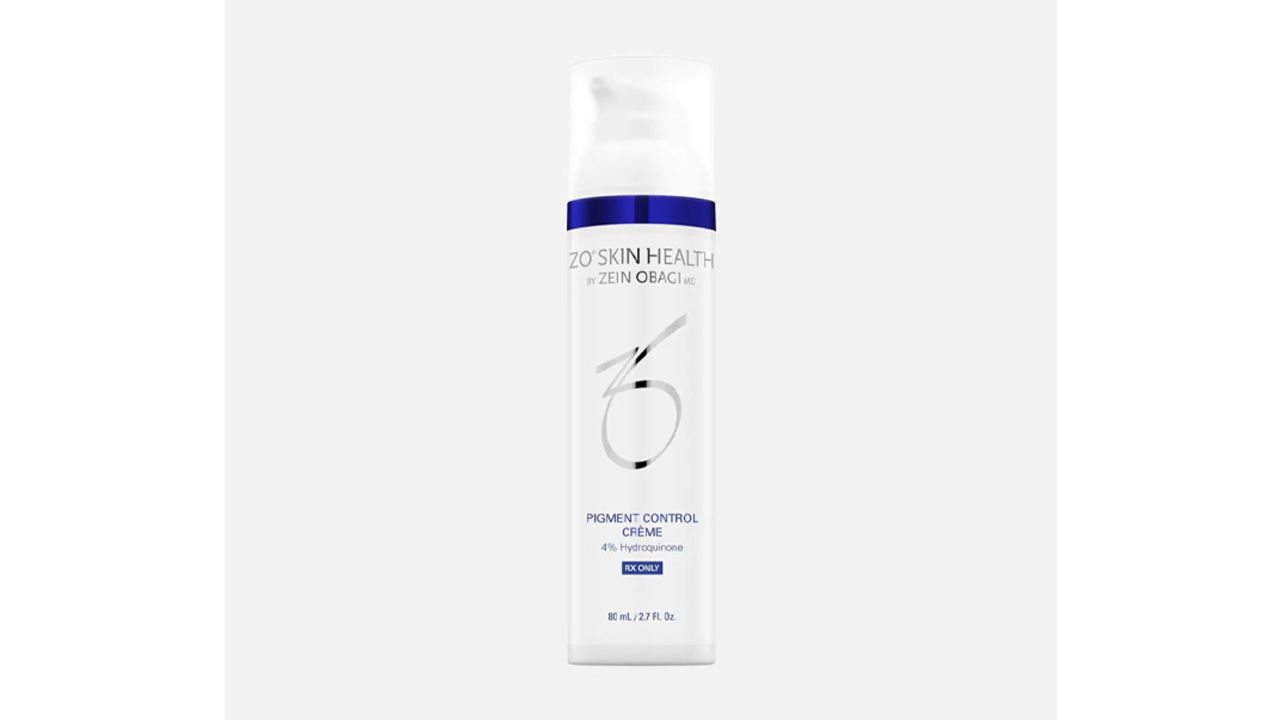
$75 at A.P. Chem
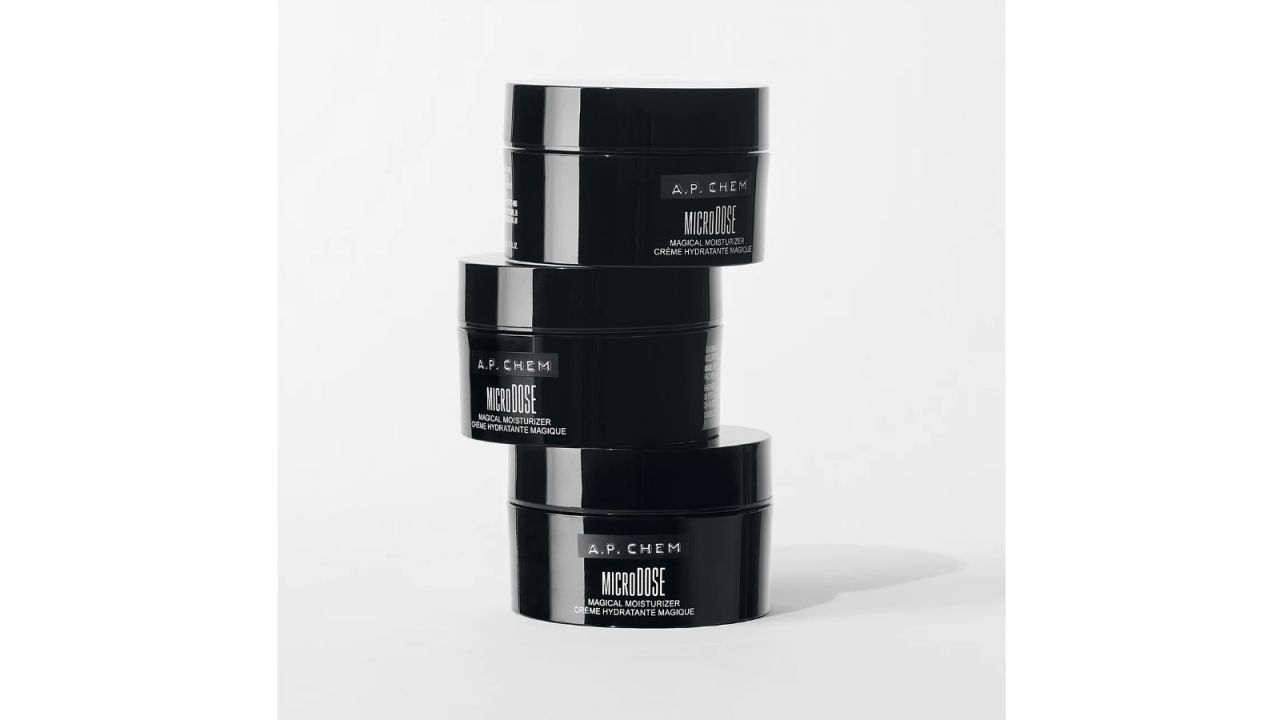
$14.97 $14.22 at Amazon
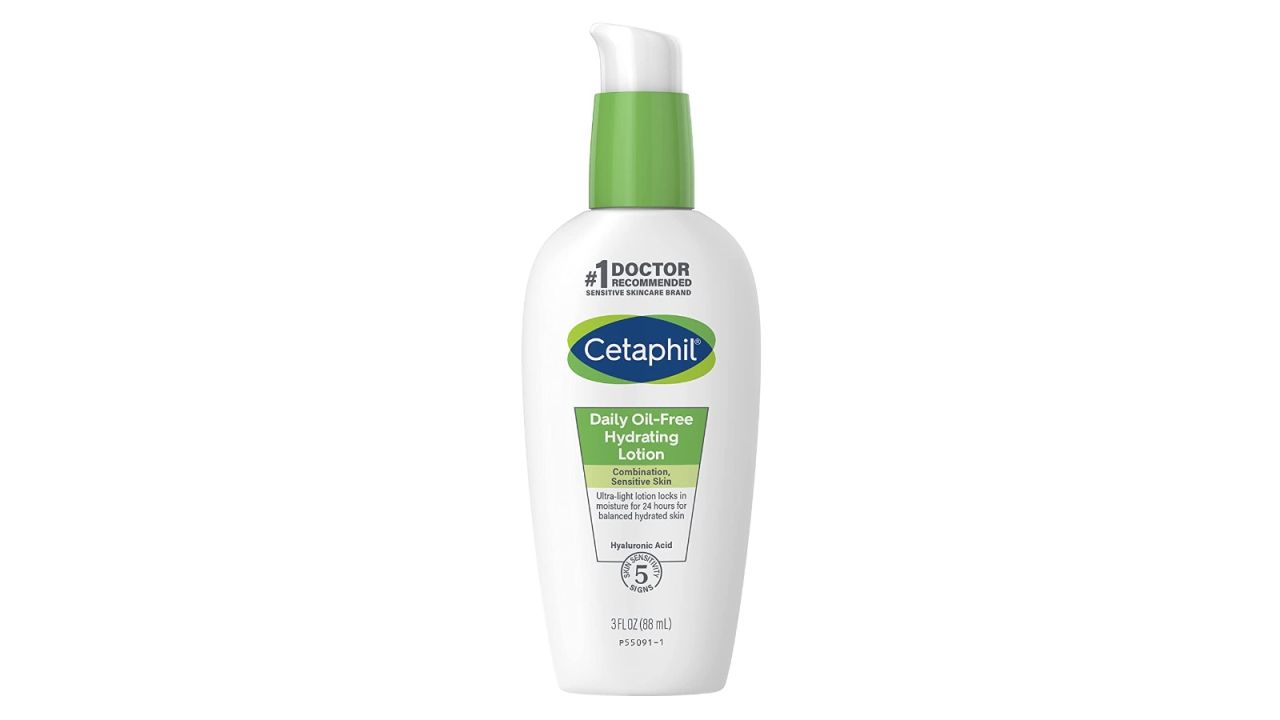
$26.97 at Amazon or $27.49 at Target
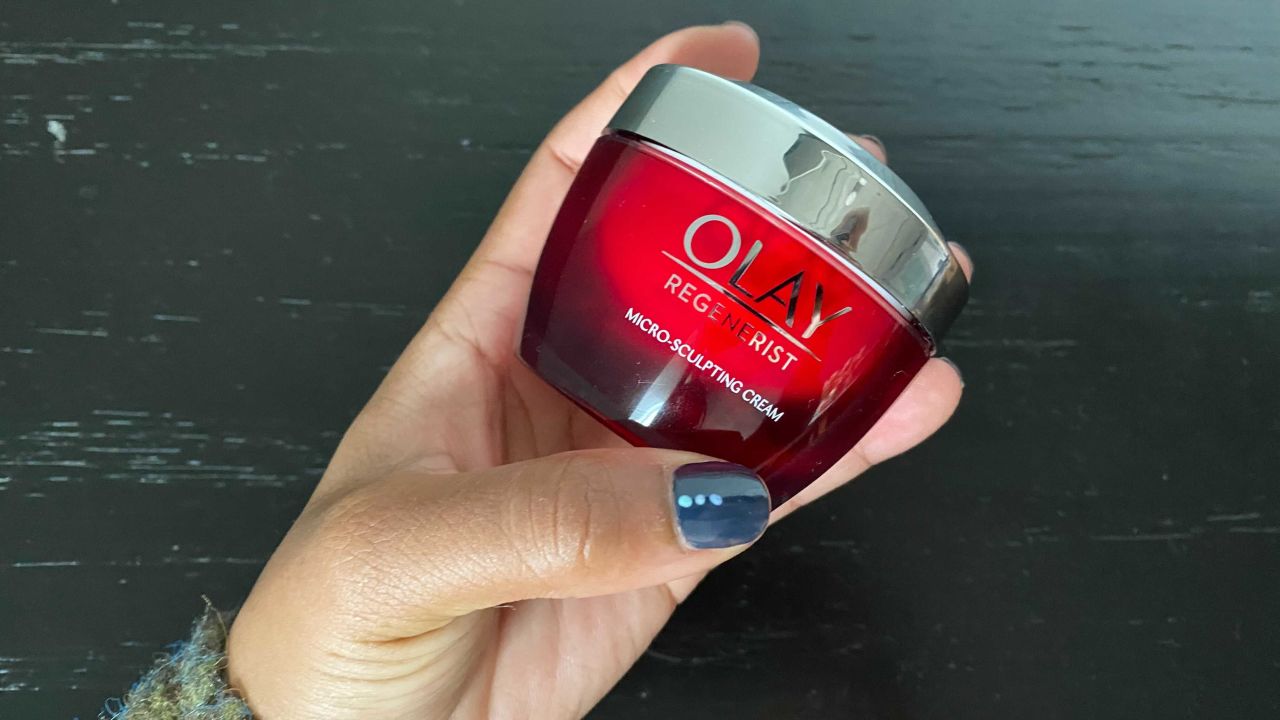
$72 at Protocol
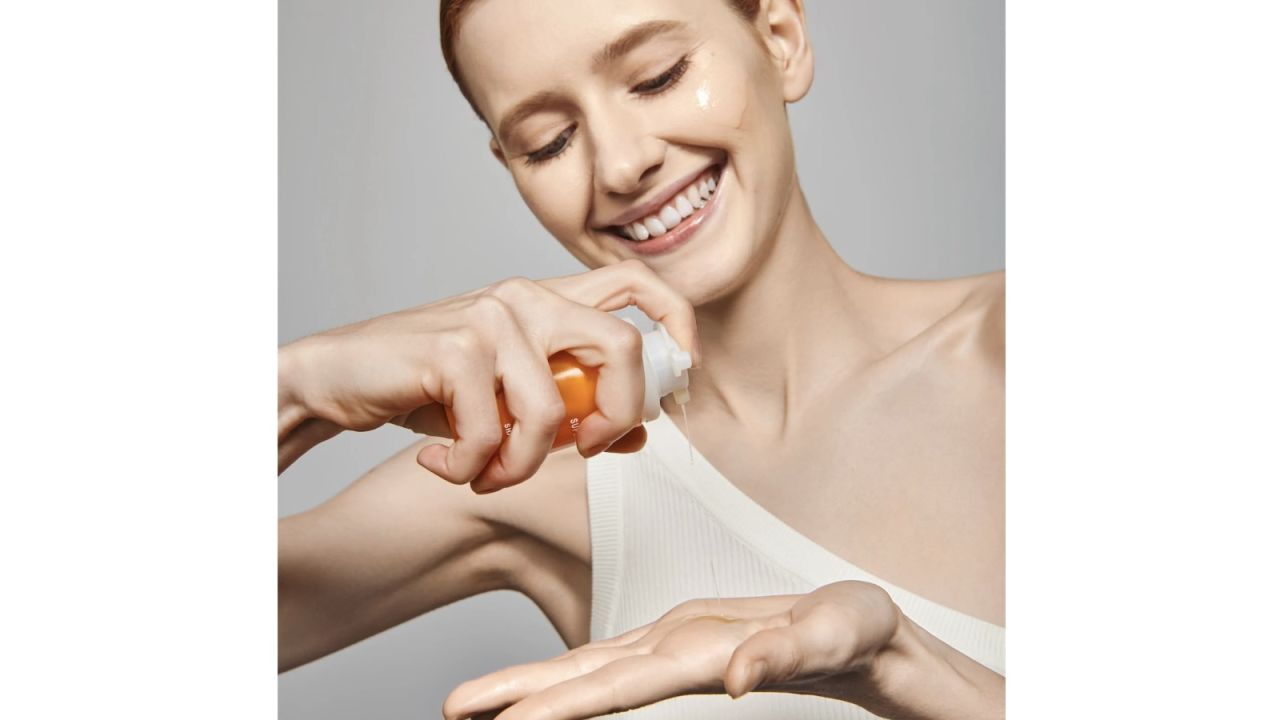
$32 at Sephora
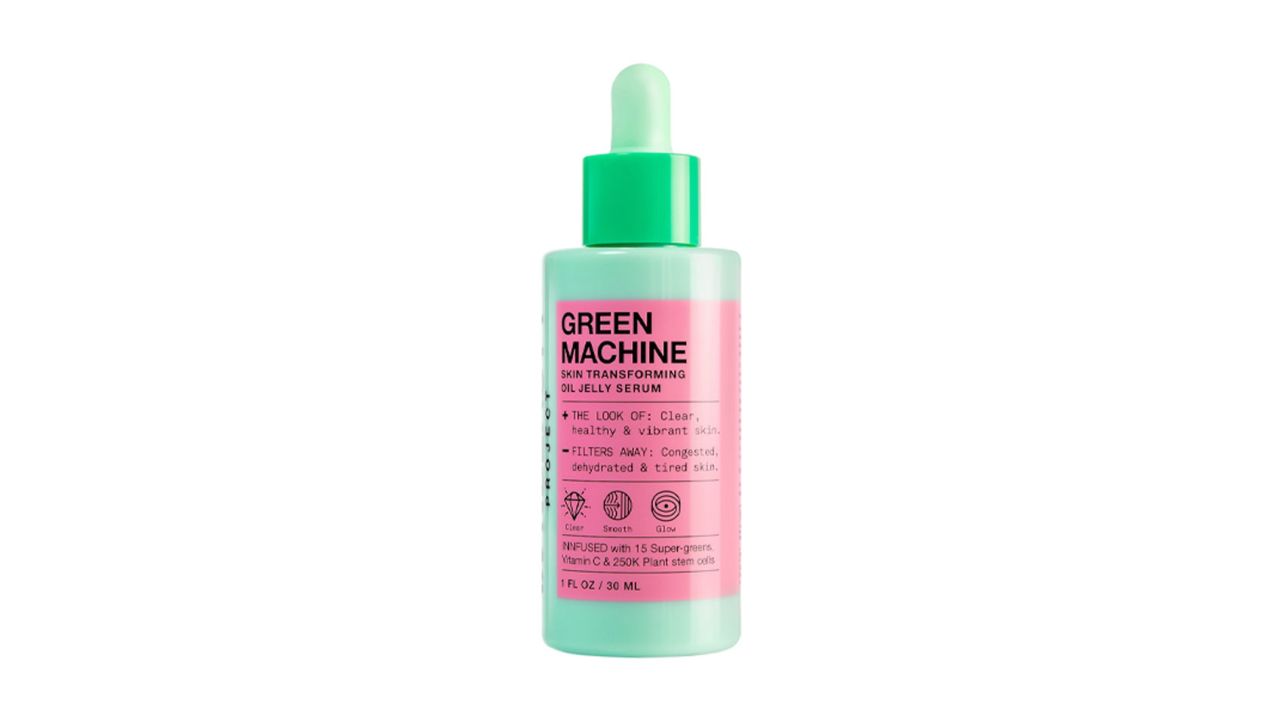
$85 at Sephora
